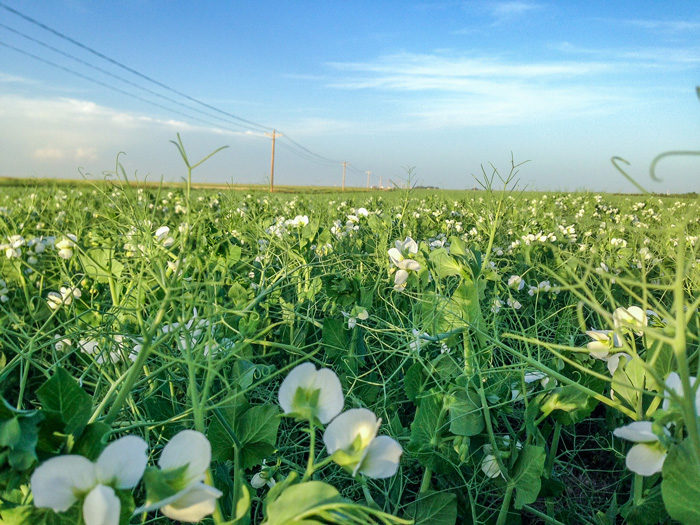No-Till Farmer
Get full access NOW to the most comprehensive, powerful and easy-to-use online resource for no-tillage practices. Just one good idea will pay for your subscription hundreds of times over.

For Mark Ernest, switching to no-till years ago has resulted in production of more wheat, corn and small grains, even with minimal rainfall.
In the semi-arid climate of southwestern Nebraska, Ernest must capture and maximize every drop of moisture, all while trying to wring out adequate yields to sustain his operation.
This is what enticed him to start no-tilling a portion of his fields near Dalton, Neb., in 2000. Over the past 14 years — as he’s watched soil quality build and erosion, weed and insect issues decline — he’s taken on the risk of eliminating wheat fallow and experimenting with yellow field peas.
“My brothers and I started our hay business in 1984,” Ernest says. “When I rented my first farm in 1987, conventional tillage seemed like the right direction to take. But I kept hearing and learning about no-till.
“As we got into the 1990s, it was clear that, in order to reach profitable yields on our dryland acres. We needed to retain every possible bit of moisture. No-till seemed like the best way to accomplish that goal,” he says.
“At the start, it seemed impossible to manage weeds. But now the system is working well. Compared to neighbors using conventional tillage, I see better moisture infiltration and some yield increases. Input costs and labor resources are reduced, and I’m getting a wheat crop every year now.”
Cheyenne County is on the southwestern border of Nebraska, just one tier of counties away from the eastern border…